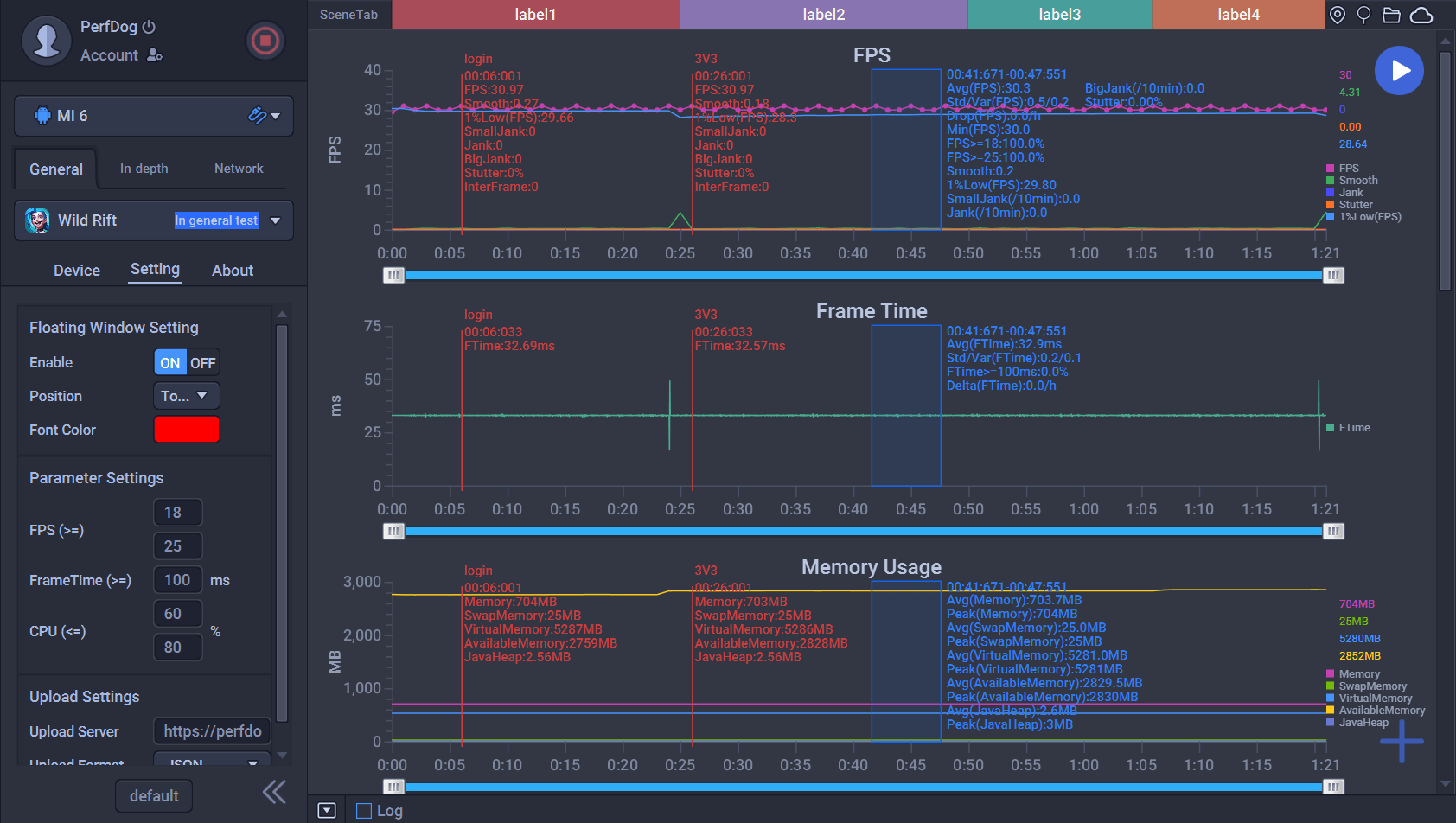Frame Rate vs Resolution: Understanding the Difference
Two vital components that greatly affect the gaming experience are the frame rate and the resolution. This article discusses the intricacies involved between frame rate vs resolution. These jargon terms are sometimes placed together, but grasping the intricacies and balancing act behind them is crucial for game developers and testers.

The Frame Rate Conundrum
The first thing to discuss among frame rate vs resolution is the frame rate as it defines the number of images, or frames per second which a user sees on the screen. A higher frame rate results in easier motions and game experiences that are more smooth. When the ideal speed reaches 60 frames per second (FPS) or up, the motion of the game is observed on a smoother scale. However, given the complexity of high frame rates, they are rather demanding not only in terms of hardware but also when it comes to graphics content.
Low frame rates usually result in issues like stuttering and input lag, so the gameplay will certainly be poor in terms of the response rate and delayed reactions of commands. Besides, low frame rates can cause motion blur which makes the objects during movement look blurred or smeared across the screen. Visual fidelity and frame rate optimization are highly considerable by game developers and testers for achieving a delicate balance to provide a smooth and responsive gaming experience.
The Resolution Race
While discussing frame rate vs resolution, it is important to understand the relation of resolution as it is the number of pixels that are displayed on the screen and is the main factor that determines the quality of display during a gaming session. Resolutions become higher in such cases as in 4K (3840 × 2160 pixels) which produce sharper and more detailed images thus improving the gameplay considerably. On the other hand, achieving ultra-fine graphics detail may cause a performance cost while resulting in lower frame rates. The decision is made by the game developer to maximize frame rate or resolution where for the most part the type of game, the target audience and the hardware of the systems are formed as the basis for this decision.
Game developers must be thoughtful when developing the game and look carefully at these factors. At the same time, the game testers play crucial roles in the process of performing tests and optimization of the game, with the ultimate goal of balancing frame rate and resolution on various hardware configurations.
WeTest is a widely favorable choice for game testers as their PerfDog services are specially designed for both game developers and testers to perform analysis and optimization of the performance of games. PerfDog offers appropriate metrics for identifying key characteristics such as frame rate, resolution and system resources to help developers and testers base their development on real-life gaming experiences and optimize it for the target audience and hardware specifications based on their choice.
The Balancing Act
It is a challenging task to choose between the frame rate vs resolution as achieving the best frame rate with the highest possible resolution is done by observing, investigating and testing the games under different settings. Generation of a game is responsible for taking into account all the factors namely hardware capabilities, the type of the game, as well as the degree of visual fidelity. Games for advanced gaming PCs could emphasize higher resolutions and image quality, whereas some decrease in display resolution to reach at least passable performance could be needed in games aimed at consoles or mid-range systems.
Testing and Optimization
Game testing is the most important of all the steps to have a perfect frame rate and resolution as the testers have to conduct thorough tests throughout the game running all over different hardware settings and to find bottlenecks; then they must recommend developers with optimization solutions. Multiple ways to improve the performance can be considered, including reducing the graphics settings, implementing efficient rendering computers, and using special hardware algorithms.
Game developers need to get frequently face-to-face with testers to detect problems and to refine the game performance continuously that ensure an acceptable balance between frame rate and resolution. Moreover, game developers have a great possibility to resource dynamic scaling or frame rate management for their games. These methods allow games to dynamically adapt the efficiency of the rendering and the graphics card depending on the utilization and the hardware capabilities of hardware installation ensuring one uniform and continuous gaming experience on all systems.
Conclusion
Finding an equilibrium between frame rate vs resolution is a tough decision for the game's developers and testers as both factors play crucial roles in the creation of the perfect games. While both components are significant, the higher level of importance will depend on the genre of the game and the hardware that might have been employed. The studios of the game can grasp the technicalities of frame rate and resolution and adopt successful testing and optimization techniques to generate engaging and convincing gaming experiences that

